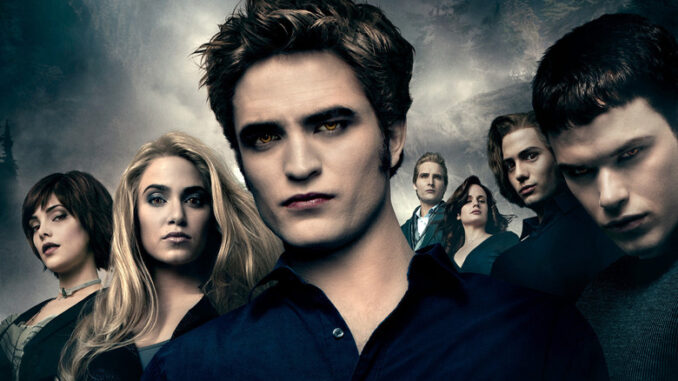
The Uncanny Valley of Infancy: Chuckesmee, Horror, and the Distortion of the Child
The horror genre thrives on the disruption of normalcy, on the unsettling violation of expectations. Nowhere is this more potent than in the subversion of innocence, the corruption of the child. From Regan MacNeil in The Exorcist to Gage Creed in Pet Sematary, the monstrous child embodies our deepest anxieties about vulnerability, powerlessness, and the creeping realization that even the most pure can be tainted. This unsettling power, however, relies on a careful balance. Veer too far from the familiar, and the horror becomes absurd. And in the case of Renesmee Cullen, affectionately nicknamed "Chuckesmee" after the infamous killer doll Chucky, that balance tips into the realm of unintended comedy, revealing the delicate and often fraught relationship between horror and the representation of the child.
Renesmee, the half-human, half-vampire offspring of Bella and Edward in the Twilight saga, represents a culmination of Stephenie Meyer's unique brand of fantasy. Conceived as a miracle child, she possesses extraordinary powers, accelerated growth, and an unnervingly mature intelligence. The narrative struggles to depict her physicality, ultimately resorting to digital enhancements and, most notoriously, animatronic puppets. It is here that Renesmee veers sharply into the uncanny valley – that disconcerting region where an artificial representation of a human becomes disturbingly close but still fundamentally wrong. The glassy eyes, the eerily perfect features, and the unnaturally fluid movements of "Chuckesmee" evoke a feeling of profound unease, not of the heartwarming, miraculous child Meyer intended, but of something altogether more sinister.
The horror inherent in "Chuckesmee" isn't derived from malevolence or outright threat. Instead, it stems from the violation of the accepted image of infancy. We expect children to be clumsy, inquisitive, and dependent. We project onto them innocence and vulnerability. Renesmee, however, is presented as preternaturally self-aware, possessing a level of composure and understanding far beyond her apparent age. This disjuncture between expected behavior and actual presentation is deeply unsettling, mirroring the anxieties often exploited in classic horror tropes.
The horror doll, like Chucky, relies on a similar violation. Dolls are inanimate objects, meant to be playthings. When imbued with consciousness and malicious intent, they become symbols of corrupted innocence, reflecting our fears about the potential for darkness to reside in even the most seemingly harmless forms. "Chuckesmee," albeit unintentionally, taps into this same anxiety. The digital rendering, the animatronic puppet, effectively turns her into a living doll, further blurring the lines between the real and the artificial, the human and the monstrous.
Moreover, the accelerated growth rate of Renesmee adds another layer of horror. Time, a fundamental marker of human experience, is warped. Her rapid development, bypassing the stages of infancy and toddlerhood, denies the audience the opportunity to connect with her as a "normal" child. This accelerated aging subverts the comforting narrative of slow and steady development, highlighting the unnerving potential for the unnatural to disrupt the natural order. This echoes the anxieties present in body horror, where the physical form undergoes grotesque and uncontrollable transformations.
Ultimately, "Chuckesmee" serves as a cautionary tale about the challenges of depicting the extraordinary within the realm of the human. While Meyer aimed to create a symbol of hope and the power of love, the execution, through digital manipulation and animatronics, resulted in something far more unsettling. The failure lies not in the inherent concept of Renesmee, but in the inability to translate that concept into a convincing visual representation. The uncanny valley, inadvertently embraced, transformed a potentially heartwarming character into a figure of unintended horror, a reminder that the distortion of the familiar, especially the innocent, can be deeply disturbing, even when unintentional. The horror of "Chuckesmee" lies not in malevolence, but in the fundamental unsettling of our perception of childhood, a potent and lasting legacy of a well-intentioned but ultimately flawed creation.
